
How do we distinguish the two?
It may be difficult to distinguish between lupus and rosacea facial rashes both conditions cause a red face. Nevertheless, there are key differences between the two.
Key Differences
Lupus | Rosacea | |
|---|---|---|
| Cause | Autoimmune condition | Inflammatory condition |
| Underlying condition | Systemic autoimmune disease affecting various organs and systems in the body | Primarily affects the skin |
| Appearance | Often presents as a butterfly-shaped rash across the cheeks and bridge of nose, may worsen with sun exposure | Persistent facial redness with visible blood vessels, small red bumps or pustules on the central face and involves the cheeks, nose and forehead |
Other symptoms | Beyond facial rash, other symptoms affecting the entire body including mouth ulcers, joint pain, fatigue, hair loss, sun sensitivity, internal organ involvement such as chest pain and change in mood | Aside from facial rash, can cause symptoms on skin which as flushing, stinging or burning sensation and eye irritation particularly for ocular (eye) rosacea |
| Triggers | Sun, stress, certain mediations and infections | Sun, hot or spicy foods, alcohol, stress and certain skincare products |
Diagnosis | Both require medical evaluation with comprehensive history and examination for accurate diagnosis. | |
| Blood tests and sometimes skin biopsies | Clinical diagnosis, blood tests and biopsy rarely needed unless if uncertain. | |
Treatment | Managing underlying autoimmune condition with other medical specialties which may require oral medications. Sun protection is a must! | Avoiding potential triggers and may involve topical medications, oral antibiotics, laser treatment or other treatments. If ocular involvement, will need care from eye specialist. |

IMPORTANT
It is important to consult with a healthcare professional for proper diagnosis and management of any skin concerns or conditions.
 Common Skin Conditions
Common Skin Conditions Paediatric Conditions
Paediatric Conditions Skin Cancer
Skin Cancer Infectious Skin Conditions
Infectious Skin Conditions Other Skin Conditions
Other Skin Conditions Treatment & Management
Treatment & Management Prevention & Skincare
Prevention & Skincare


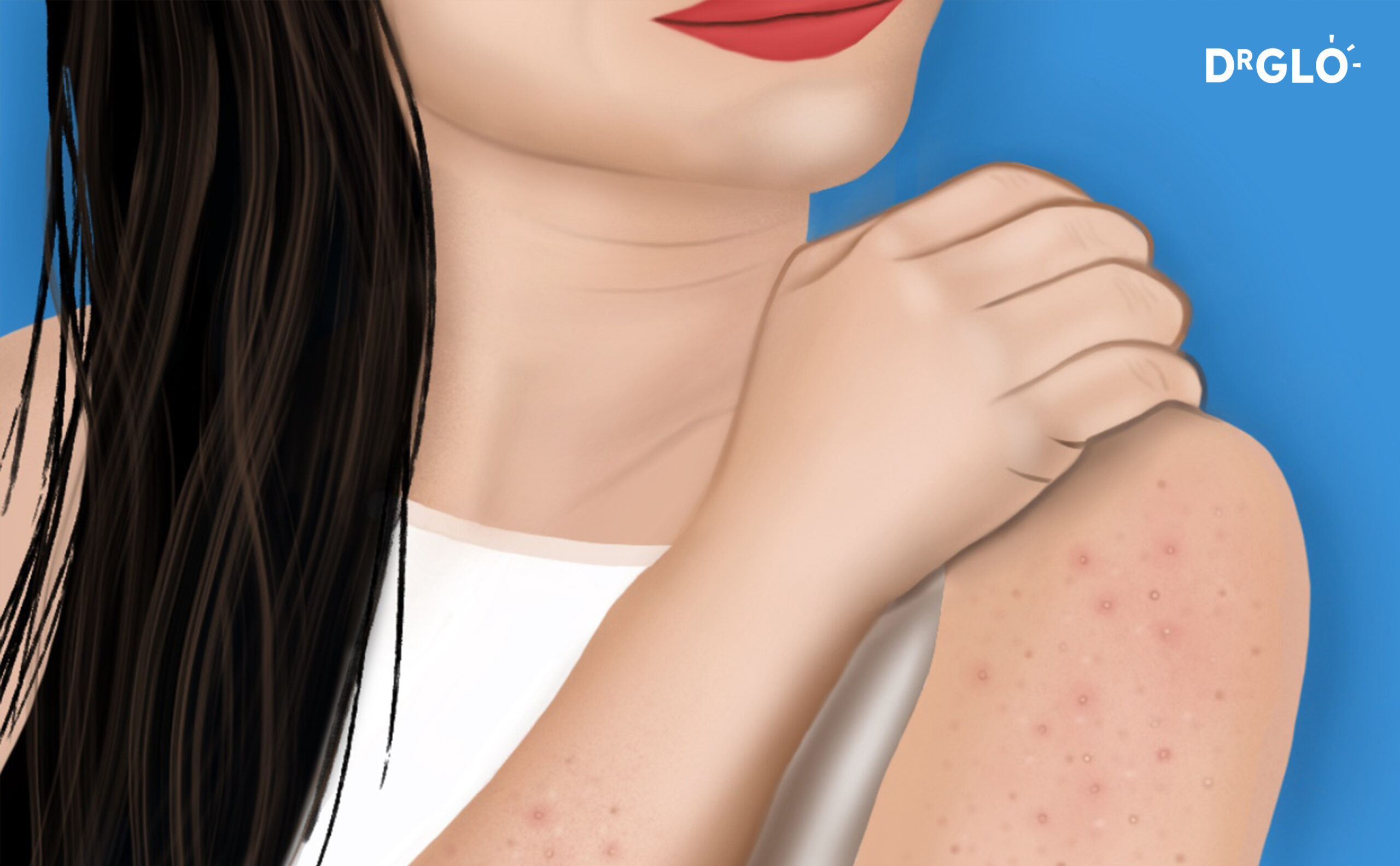

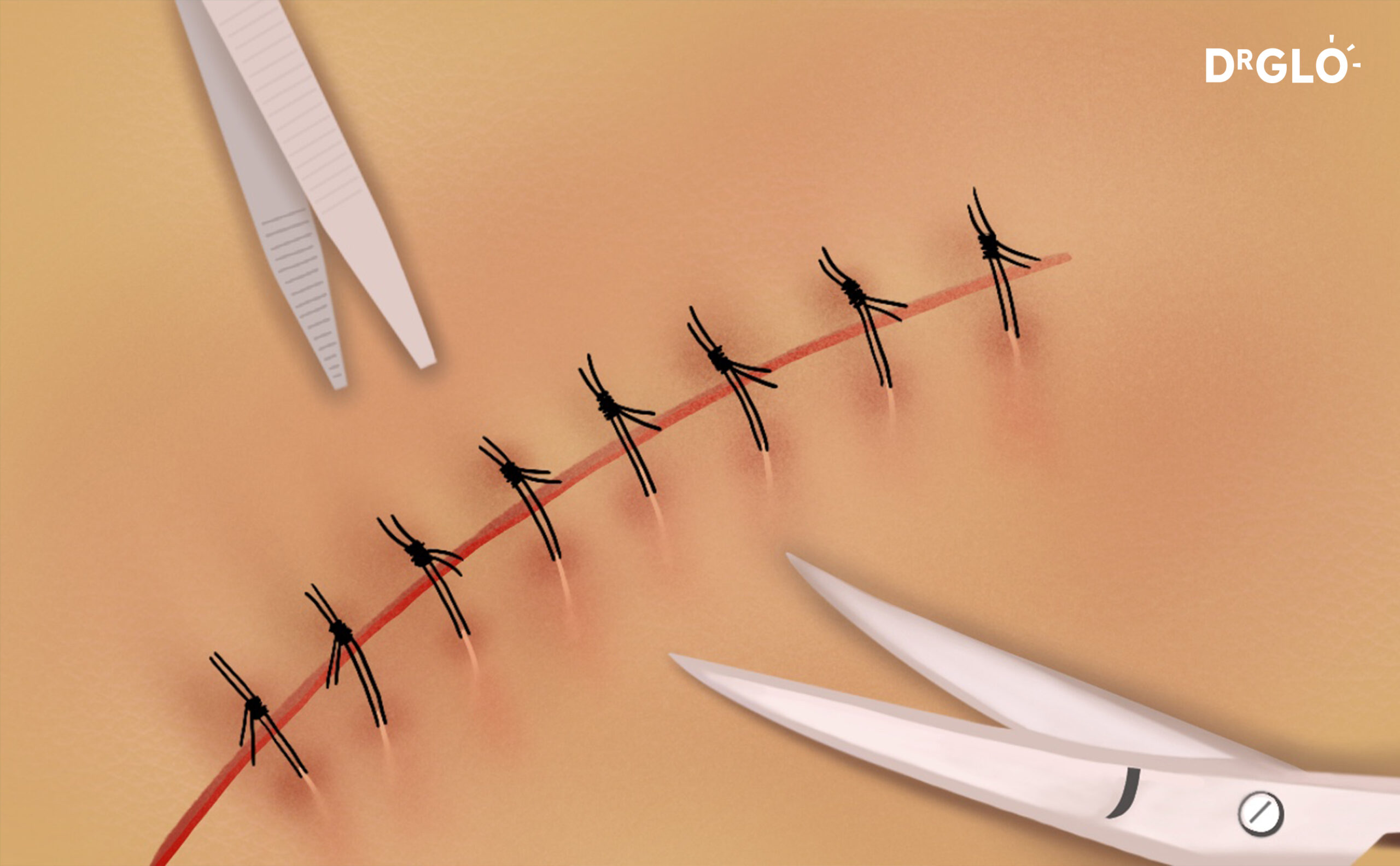
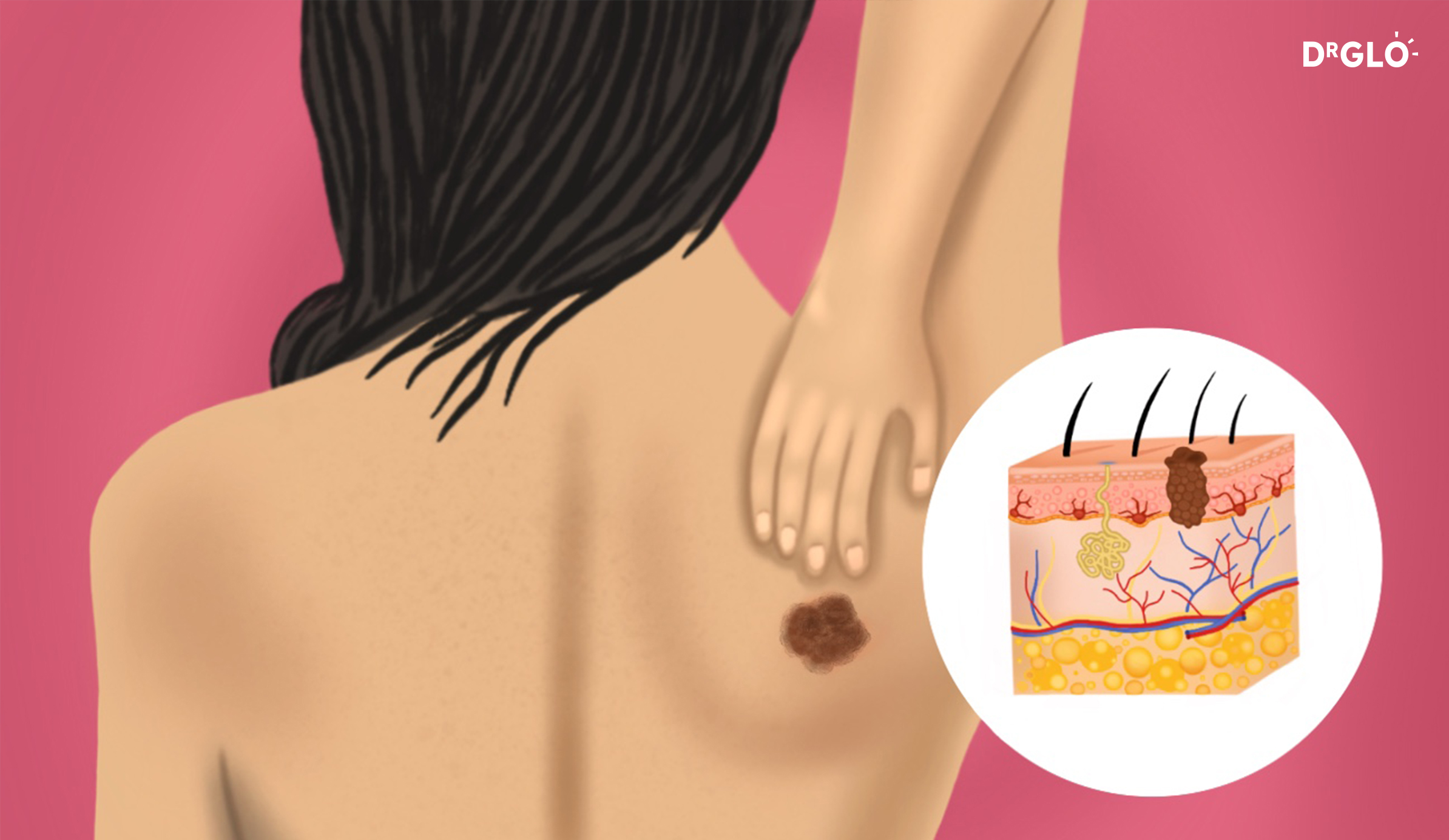
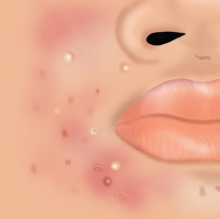

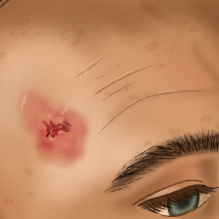

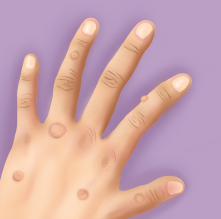

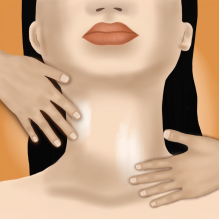
Popular Articles